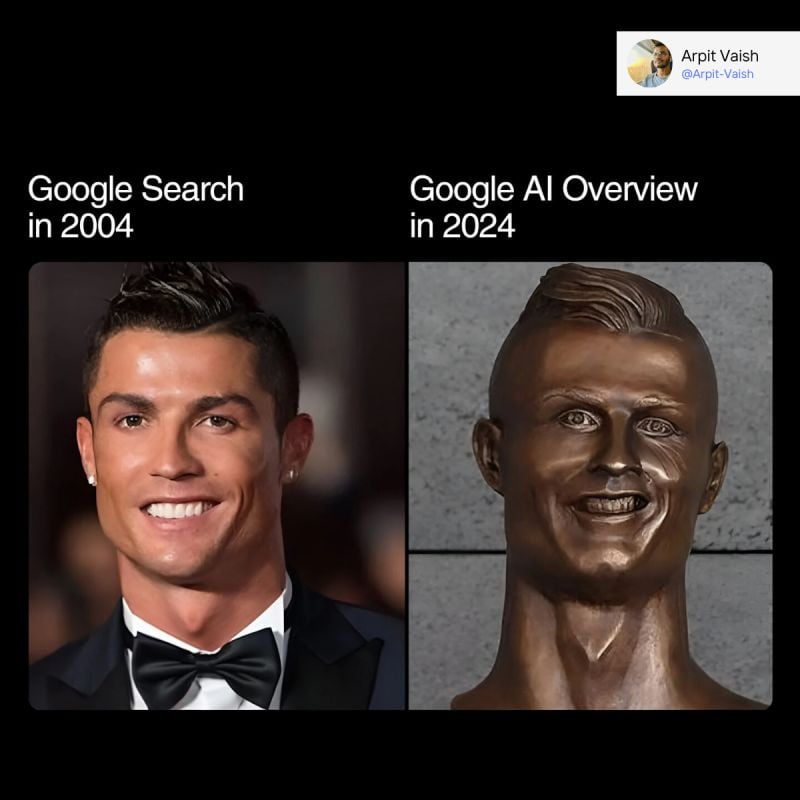Google’s new “AI Mode” isn’t just another tweak to the algorithm – it’s a total rethink of how search works.
Gone is the familiar wall of blue links. In its place? AI-generated summaries that cut straight to the answer, and, potentially, a few clicks out of the marketer’s (and publisher’s) funnel.
But before you declare SEO dead and buried, Yoghurt Digital founder and managing director Matthew Forzan wants you to take a breath.
That’s it. In, and out. There you go.
“There’s a sentiment in the market that SEO is dead and AI is the new way forward. I actually disagree,” he told Mediaweek. “What’s working for AI, ChatGPT, and other LLMs is really just best-practice SEO, the stuff people used to focus on before they got distracted chasing backlinks.”

Yoghurt Digital founder and managing director Matthew Forzan
Make authority your new currency
Forzan said the winners in this new AI-driven search era will be the ones who treat authority as their strongest currency.
“AI only knows what it already knows, which means it can’t learn anything new,” he said. “Everything it draws from comes from web content. So with our portfolio and new prospects, we’re helping them redefine what it means to be an authority in their category, and then building strategy and copy around that.”
That means ditching the old obsession with keyword stuffing and chasing volume, and instead leaning into depth, credibility, and clarity.
“When it comes to content, not everything needs to be creative or flashy,” Forzan explained. “Sometimes, what works best are polished facts and credible information from authoritative sources.”
In other words, the kind of content that earns AI’s trust comes from the same places people do: reliable publications, expert voices, and data-driven insight. The difference now? Search engines are finally catching up to what good marketers have known all along.
Track prompts, not keywords
The game’s changed – and so has how marketers measure success. Keyword rankings, once the holy grail of SEO dashboards, are fast losing their shine as AI platforms start answering entire prompts instead of just pointing users to pages.
“In the past, rank-tracking software would measure how your keywords – like ‘blue shoes’ – ranked each day,” Forzan explained. “Now, new tools are built around prompts. So instead of tracking ‘blue shoes,’ they’ll track prompts like ‘What are the best blue shoes?’”
These next-gen tools pull data straight from AI ecosystems like ChatGPT, Google’s AI Overviews, and Perplexity – showing where brands appear (or don’t) within generated answers. “Agencies and advanced brands are already using this to adjust their content and make sure they’re featured in those prompts and results,” he said.
For marketers, that means the old dashboards are officially outdated. Visibility isn’t about where you sit on a search results page anymore – it’s about whether your brand shows up inside the conversation.

Stay balanced between AI and SEO
Forzan’s biggest warning? Don’t throw the baby out with the bathwater. “Human nature tends toward shiny-object syndrome – people hear ‘SEO is dead’ and swing entirely toward AI,” he says. “The reality is you need both.”
Paid search still plays a critical role. “It’s still Google’s money machine,” Forzan noted. “They’ll keep finding ways to monetise, and it remains the fastest way to get traffic because you can rent or buy visibility.”
And while AI summaries may look like the end of advertising as we know it, Forzan’s betting on evolution, not extinction: “Ad formats will adapt within those AI environments – they won’t disappear.”
The marketer’s next move
So where should CMOs and agency leaders focus now? “Stay on top of it,” Forzan says simply. “Make sure someone in your team or network is across the tools, developments, and competitor movements. Whether that’s a consultant, an agency, or an in-house hire, someone needs to be looking at this stuff daily to stay ahead.”
His bottom line? Treat AI as a new layer of search, not a replacement. “It’s still about relevance, authority, and trust – the same fundamentals as before,” he says. “The only difference is now you’re optimising for algorithms that talk back.”
